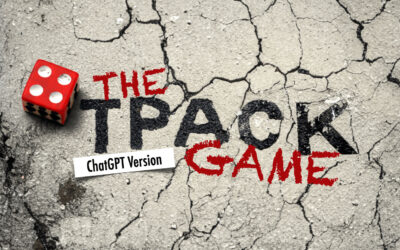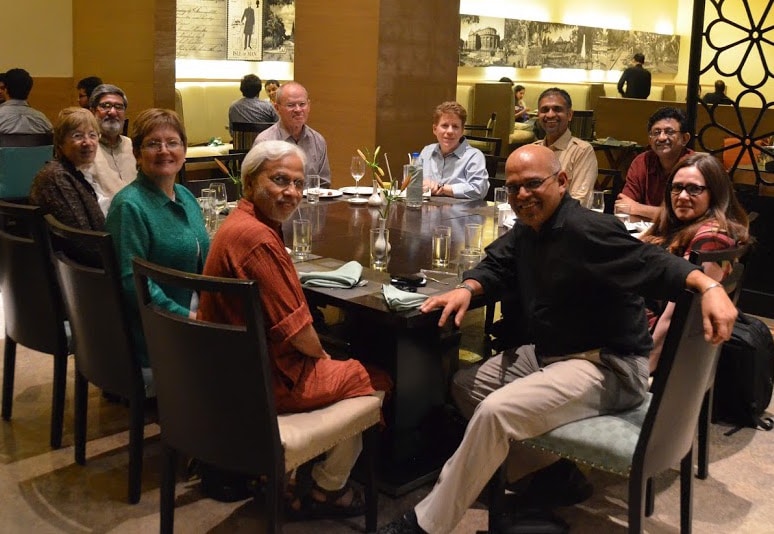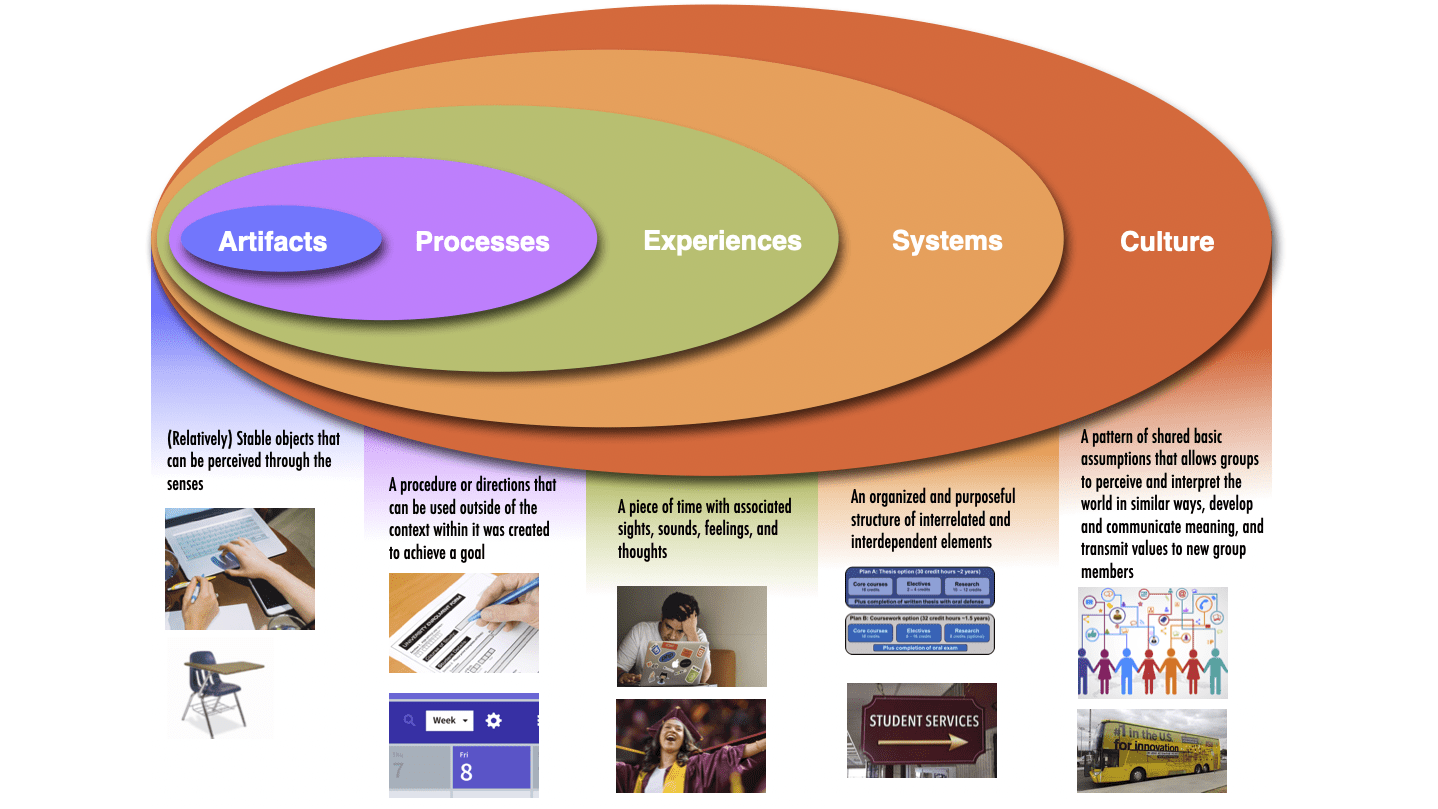Jordy Whitmer over at the Birmingham School district forwarded me this link to this really cool video by George Kembel on Awakening Creativity. There is a lot in the video to ponder and discuss but I want to focus on something he said about music learning that really hit home with me. Citing some research on music learning he describes a strong link between speaking a tone language, such as Mandarin, and having perfect pitch. A search on Google led to the following article: Tone Language Translates To Perfect Pitch: Mandarin Speakers More Likely To Acquire Rare Musical Ability. As this article says:
Perfect, or absolute, pitch is the ability to name or produce a musical note of particular pitch without the benefit of a reference note. The visual equivalent is calling a red apple “red.” While most people do this effortlessly, without, for example, having to compare a red to a green apple, perfect pitch is extremely rare in the U.S. and Europe, with an estimated prevalence in the general population of less than one in 10,000.

Image credit: Tom Carmony
So think about this for a second. Here is an ability that was once thought to be extremely rare, within the capability of just extremely talented musicians. People born with this talent, as it were. This research, however, shows just how mistaken this view is.
A bit of context may be in order. As it turns out there are fundamental differences between languages in terms of their tonality.
Tone languages – Mandarin and Vietnamese, among many others – are those in which words take on entirely different meanings depending on the tones in which they are enunciated. In Mandarin, for example, the word “ma” means “mother” when spoken in the first tone, “hemp” when spoken in the second tone, “horse” in the third and a reproach in the fourth.
Deutsch and her co-authors measured the prevalence of perfect pitch by means of a direct, on-site test in two populations of music students: a group of 88 first-year students enrolled at the prestigious Central Conservatory of Music in Beijing, China, all of whom spoke Mandarin, and a group of 115 first-years at the Eastman School of Music in Rochester, New York, none of whom spoke a tone language.
What the researchers found is that perfect pitch was not all that rare in people who spoke tonal languages. As Deutsch said,
We found a very clear difference between the two populations,… In Mandarin speakers, perfect pitch appears to be not rare, but rather a readily acquired ability… Perfect pitch for years seemed like a beautiful gift – given only to a few genetically endowed people. But our research suggests that it might be available to virtually everybody.

Photo credit: Moon Child
Think about that last sentence again. Perfect pitch may be available to virtually everybody. It is not a function of nature (as one would assume based on studies conducted in the west) but rather deeply connected to the developmental environment in which the child is steeped in.
This of course brings up the critical question, what other exceptional abilities and talents may we be missing out on developing in our children? How many of the talents we regard as being innate are merely a function of inappropriate nurture? I often hear of people say that they don’t have any mathematical ability? Is that necessarily true? What about artistic ability? How much of it is nature and how much nurture? And how much are we losing out by thinking it is more of the former than the latter?
These questions become even more critical in an age of mandatory testing and No Child Left Behind. What are we losing out on, in this, so called, race to the top?







Cool, there is actually some great ideas on here some of my subscribers may find this relevant, I will send them a link, many thanks.
Good questions, Punya. I, too, am concerned with what is slipping away from our children as we “race to the top” focusing on core academics and ignoring art, music, physical activities, play, and design. As both an educator and a mother with children in the Chinese program at Post Oak, I’m intrigued by the possibilities involved in learning languages. I have read about the visual skills obtained through learning the characters of the Chinese language, but hadn’t read about the skills acquired through learning a tonal language. I’m amazed at how much my children gain from learning the Chinese language and how even at the young age of 5, they can distinguish different tones and find similarities among the characters they are learning. The other day we asked our 4 year old to count the number of circles on a restaurant placemat and he spontaneously counted in Mandarin. Fun. As an educator, I want to put the brakes on all the madness in public education and hold everyone still for a moment…we need to take a breath, focus, find out what really matters in learning…not just keep pushing forward, racing if you will…too much is being sacrificed in the process.
Everything in Evolutionary Psychology is DETERMINED BY THE ENVIRONMENT, at least that’s how I understand selection pressures… 🙂 the opposition surely isn’t between genes and environment… since genes producing certain phenotypical features get selected by pressures from the environment…
Thanks Colin. I don’t think that perfect pitch is completely environmentally determined. I must say that I did not make that point explicitly in my post – since I was bent on making another point altogether, regarding what we may be missing out on in our inordinate focus on core subjects and testing in schools today. Though I am not an expert on evolutionary psychology, though I do keep up with the field as much as I can, it appears to me that your conclusion (that divergence of human populations has resulted in some actual divergence) is increasingly supported by evidence that evolutionary change may be happening faster than we thought.
That said, I am primarily an educator and my concerns are with what we do (or can do) in our classrooms and with our children, that can best benefit them grow and develop.
This post is part of a larger argument I am developing regarding the value of trans-disciplinary skills. More on that later…
Thanks for reading/writing.
I wonder what the reproductive success would be for individuals in China, Vietnam, etc. who lacked the ability to properly discern variations tone, and lacked the ability to make such tonal variations themselves. Probably get punched in the face pretty darn quickly, if not killed outright. It is certainly possible that perfect pitch is entirely environmentally determined, but I wouldn’t rule out the possibility that divergence of human populations has resulted in some actual divergence.